
When you mention returning youth, what is your first impression? Failed, lying flat, unrolled?
When we visited some agricultural intelligent projects in Zhejiang, Fujian, Qinghai and other places, the "flying hand" who accompanied the visit happily shared his mental journey with us:
Working as an agricultural drone operator at your doorstep, without having to leave your hometown, is much happier than working in the city;
The old people in the village have heard of the use of airplanes (actually drones) to spray medicine, but if they can’t use these high technologies, they can find trustworthy young people. fell shame;
It is not easy to control the drone to spray medicine. Some people modified it by themselves and punched holes in the battery to help heat dissipation. The video was posted on the Internet and became a celebrity in the circle;
Some pilots not only sprinkle medicine on their own fields, but also spray medicine on other people's fields, becoming "entrepreneurs", driving Mercedes-Benz and BMW...
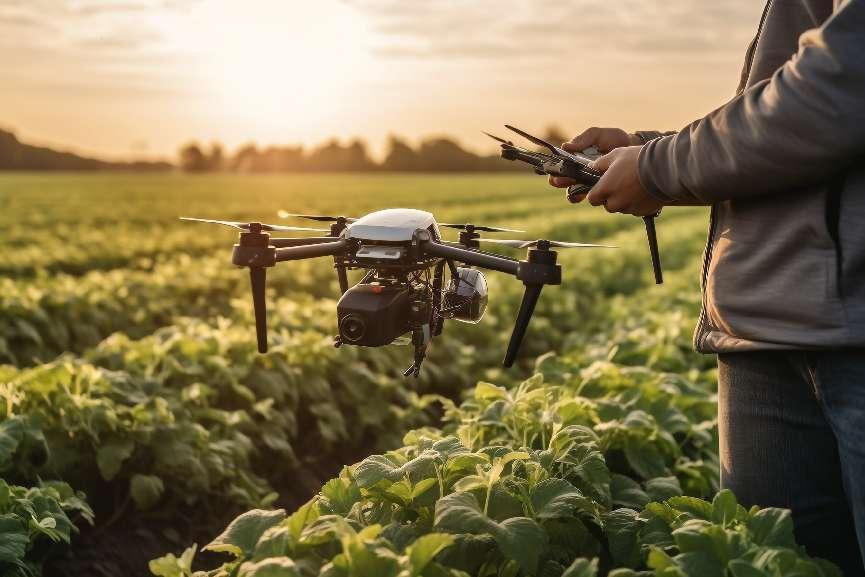
If Smart China is likened to an organism, then the flight stories of the returned youths are one of the tissue slices. It may not be so convincing to say what methodology of China's development of intelligence can be extracted from it. However, we can scan from the microcosm, a kind of happiness brought by intelligent technology.
These specific people are the DNA of Smart China and the stories we want to record.
There is a "pilot" in the village
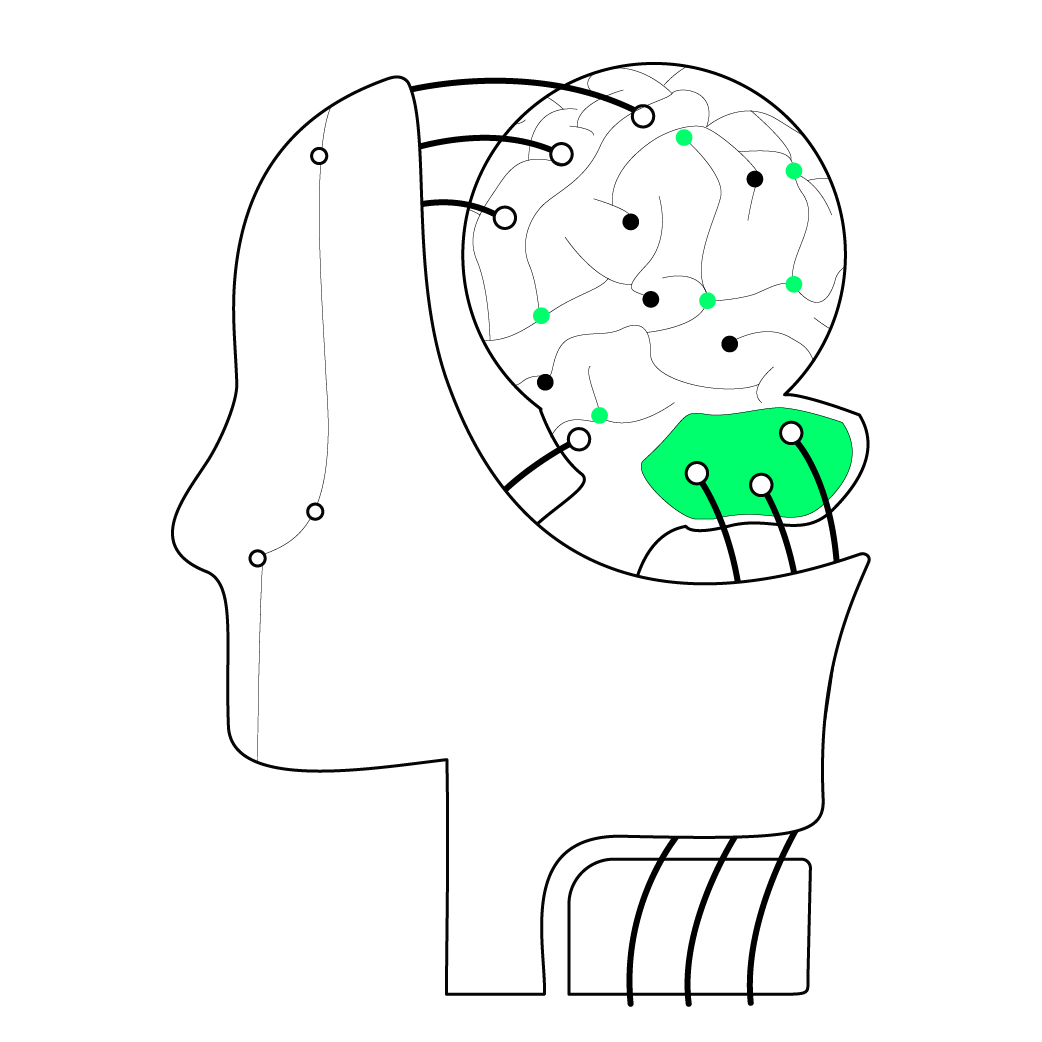
In the eyes of fellow villagers, the pilots of agricultural drones are particularly promising—"XX has become a pilot." Drones are also considered aircraft, there is nothing wrong with it.
So, what exactly does this glamorous career of returning youth do?
The technical term is called drone plant protection.
Crops require precise application of pesticides. In the past, people carried watering cans to the fields to spray pesticides. The labor intensity was very high, the spraying was easy to be uneven, and personnel were easily poisoned by inhaling the drugs.
Later, there was a tractor, and it was enough for people to follow and watch the machine spraying pesticides. However, it is difficult for large-scale machinery to enter some complex plots. Coupled with the restrictions on the height and density of crops, it is easy to cause inaccurate spraying and cause a certain area of damage to crops. thereby affecting production.
Moreover, the profit of agricultural income is meager. If the amount of pesticides is large, the cost of machinery rental is high, and the investment in personnel is large, the expenditures added up will not make much money for a year of hard work.
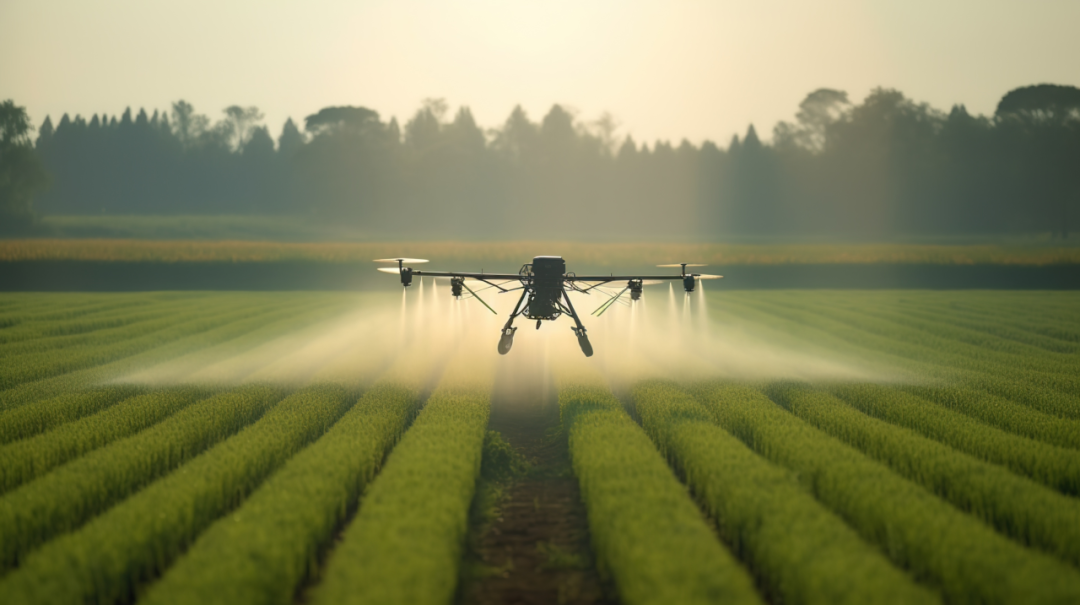
Therefore, variable spray technology + agricultural drones have become the latest option for agricultural plant protection.
On the one hand, the variable spraying technology is controlled by an intelligent spraying system, and precise spraying is carried out according to information such as crop diseases, insect pests, weeds, shape, and density.
At the same time, the high-altitude operation of agricultural drones + remote remote control can prevent operators from inhaling pesticides, allowing the fertilizer mist to penetrate crops under the impetus of rotor airflow, thereby reducing labor costs, pesticide consumption, and improving spraying efficiency.
Statistics show that a drone with a take-off load of 14kg can spray 300-500 mu of farmland a day, which is more than 30 times that of manual spraying. Especially in the cultivation of high-value high-stem economic crops such as coffee beans and fruit trees, it is not realistic to rely on manual spraying, and the demand for drone plant protection is very rigid.
Whether agricultural drones can be popularized depends on whether there are a group of new farmers who are pilots.

Where does the service come from?
UAVs have been used in plant protection for a long time, and China has a leading UAV company. It stands to reason that it should have been popularized a long time ago. Why have we waited for young people returning to their hometowns to show their skills in the past few years?
For a long time, UAV plant protection was not operated by individual farmers, but in the form of service outsourcing. That is, the plant protection service provider will set up a professional drone spraying team, equipped with new agricultural machinery such as variable spray equipment, drones, and ground equipment, to provide a full range of services such as aerial sowing and spraying.
We know that consumer drones will be sold directly to aerial photography/pan-tech enthusiasts, which is a B2C business. How could this business model not work in the agricultural scenario?
You must know that in my country's geographical environment with few plains and fragmented land, agriculture is mainly run by small farmers with scattered land, and they rely more on acquaintances. They are worried about outsourcing their own land and crops to commercial plant protection teams or flying hands. team.
In the eyes of the villagers, UAV plant protection depends on "our own people". Therefore, individual farmers should be more motivated to purchase and use agricultural drones by themselves.
However, it is very difficult to sell agricultural drones directly to individual farmers.
The first is the price. Some farmers said that they would definitely not buy a drone worth more than 100,000 yuan. They can only afford the service.
Secondly, the threshold is high. In order to control costs, traditional industrial-grade plant protection drones will adopt a semi-automatic control system, that is, adjustments such as take-off and landing, and stability enhancement can be automated, but route planning, maintenance and modification, etc., still need to be done manually. There are certain technical difficulties in operation and use. Many farming groups are relatively old, and even with training, it is difficult to get started quickly and operate accurately.
Moreover, UAVs also need supporting services. For example, after several flights in new farmland, the data of specific parameters must be learned to form stable routes and operations. A series of problems may arise during this process, such as crashes, Pesticides block nozzles, component damage, power shortage, etc. All of these require related supporting services, including financial and insurance supporting, which are difficult for individual farmers to solve alone.
How difficult it is to be a "flyer", the plant protection team may have the most say. That being the case, how can the returned youth who originally went to work in the city wrestle with the professional plant protection team? Just because you are familiar with the folks?

More and more individual farmers are changing careers to become agricultural drone operators. Several conditions are very important variables:
There is a net. The most feared thing about UAV plant protection is that it crashes or loses contact when it encounters obstacles. It is very troublesome to get it back, and the ability of the operator is very high, and no mistakes can be made. Today, the wide coverage, low latency, and large downlink bandwidth of 5G networks in rural areas allow the drone's intelligent system to analyze in real time, make quick decisions, and respond in a timely manner, reducing the risk of failure.
There is AI. From semi-autonomous driving to fully autonomous flight, reducing manual participation, AI plays the role of "co-pilot". It can use deep learning to automatically analyze routes, make optimal flight decisions, realize "fool-style" spraying, and allow agricultural drones to operate The threshold of the machine is greatly lowered, and young people who can't leave their hands can learn it very quickly.
have class. Becoming an agricultural drone operator requires professional training services, and such educational resources were difficult for individuals to access before. However, more and more drone manufacturers realize that to open up the ToB market in the industry, farmers must be empowered. DJI, Jifei, and Zero Intelligent Control have all launched flight courses for agricultural plant protection.
There is a gap in job demand for agricultural drone operations, and there are more cases of migrant workers returning to their hometowns from developed areas. Isn't the supply and demand of this labor force just in line?
These returning young people have become "flying hands". Some small farmers with only a few acres of land cannot find professional plant protection teams, and they can also find them to buy services. Both parties are very happy.
It can be said that with the promotion of plant protection services, agricultural drones have achieved leapfrog development. From a late start, it took more than ten years to become one of the countries with the largest application area of agricultural drones in the world.
And new farmers becoming "pilots" will definitely push the agricultural drone market a step further.
To manufacturers
There are people in the countryside, are you organic?
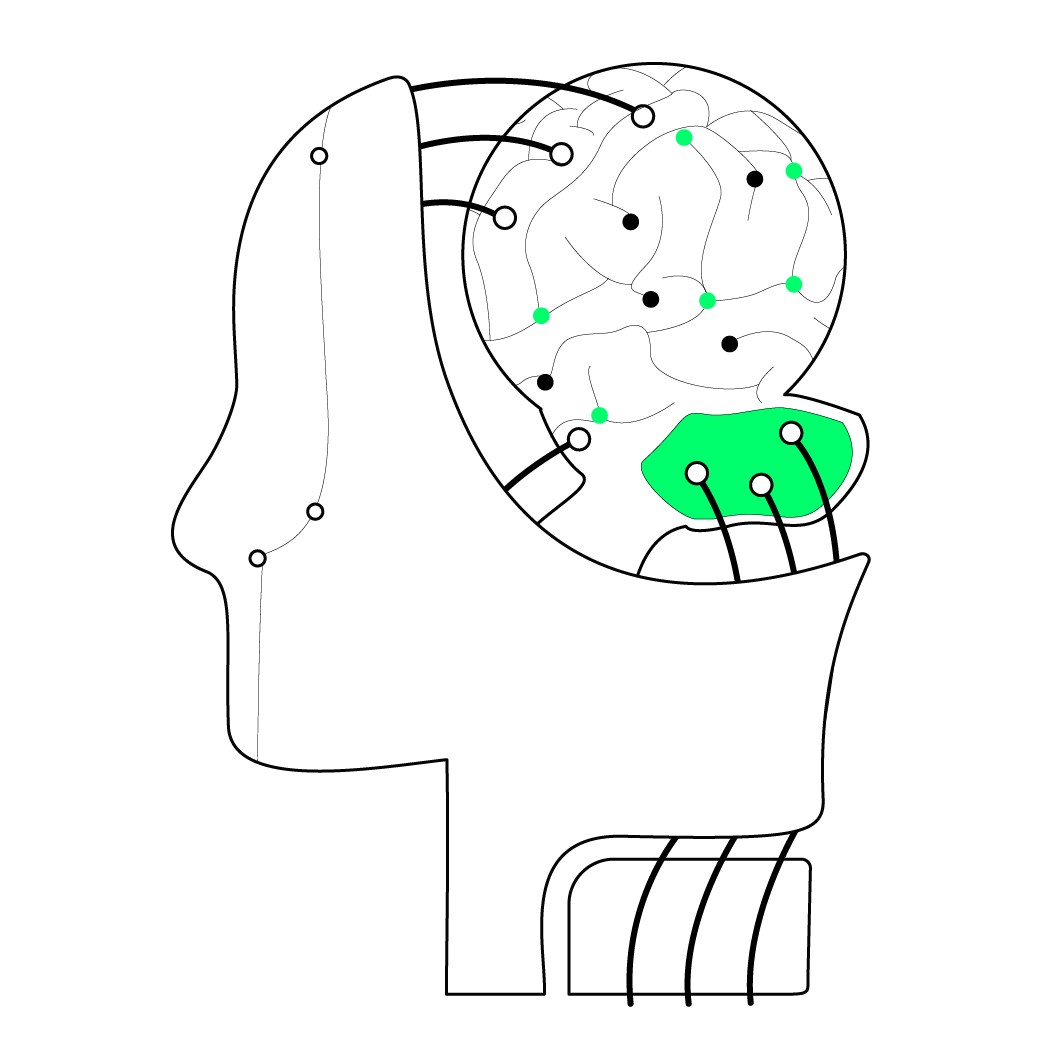
Sadly, while the countryside and farmers are ready, drones may not be.
Around 2016, there was a saying of "UAV 2.0", which means to shift from the C-end consumer market to the B-end industrial market, and go deep into agriculture, forestry, plant protection, fire protection, rescue and other industry scenarios. Compared with the strict restrictions on drones in the urban environment, drones can do more in the vast rural world. However, the inflection point of explosive growth in the 2.0 stage has not yet arrived.
Young people are willing to contribute, farmers are willing to contribute money, and policies are willing to benefit. What is the problem? The answer is product.
The pressure is coming to drone makers.
A drone manufacturer discovered that a customer only purchased their flight control system, but did not buy their aircraft. Out of curiosity, I went to the local area to investigate, only to find that the customer bought the system and reassembled it to make a drone for spraying crops.
Why do customers look down on the finished product and insist on modifying it by themselves?
Researcher Wang from the National Agricultural Intelligent Equipment Engineering Technology Research Center pointed out the key points:
"If you don't understand the needs of the industry, you may think that the precision requirements of agriculture for smart agricultural machinery are not so high. Even when we make a report in Silicon Valley, they don't understand it. They think that agriculture is half a meter or one meter. In fact, our agricultural machinery Navigation needs to achieve a high precision of plus or minus 2.5 centimeters in very complex scenes."
The huge gap in the demand for drone products and plant protection lies in the know-how of a large number of such industries.
Many requirements require extremely high software and hardware integration and engineering capabilities, and in-depth agricultural scenarios can be penetrated.
For example, mount requirements.

Consumer drones are very small in size, and generally do not hang too heavy equipment, which is more than enough to send a medicine or a meal. Agricultural drones need to mount a large amount of sprayed fertilizers, pesticides, and seeds, and some will also be equipped with smart cameras and many sensors, and their weight has soared to tens of kilograms at once. With such a large self-weight, after a day of continuous flight operations, very high requirements are placed on the battery performance, battery life, and heat dissipation of agricultural drones.
Some "pilots" couldn't buy suitable products, so they refitted themselves, punched holes in the battery to help the drone dissipate heat, which brought problems such as damage and insurance, and affected user satisfaction.
In addition, the fertilizers mounted on agricultural drones are corrosive to a certain extent. Daily flight will encounter various natural conditions such as humidity, rainfall, high temperature, and strong sunshine. These will damage the durability of drone components and joint bearings. , have a certain impact. During the operation process, the changes brought about by the reduction of the mounted weight will cause shaking, center of gravity shift, etc., which will affect the stability of the UAV. It needs multiple links such as supply chain manufacturing, engineering design, and intelligent algorithm research and development to solve the problem collaboratively. .
In addition to being in-depth, the supply chain of drones is very extensive, and some links are actually the same as smartphones, and there is a risk of being stuck.
For example, when agricultural drones are cruising, they need long-distance wireless image transmission to transmit high-definition images to the "pilot" mobile phone. Not only does it need a large-bandwidth communication network, it also needs the support of chip manufacturers. In order to achieve a higher transmission rate. At present, we have seen that domestic chips are breaking through barriers, and there are also industrial-grade drones that use the distributed capabilities of the Hongmeng system to make long-distance cross-terminal transmission a reality from the system level.
Therefore, UAV manufacturers must also establish the localization of the whole link.
Another gap is people.
Upstream research and development is short of people.
One of the requirements of agricultural drones is easy to use, fully automatic driving, must have a high environmental awareness, and have a very clear and accurate perception of crop routes, obstacles along the way, and farmland boundaries. These AI algorithms do not fall from the sky, they need to be developed by humans. Moreover, many technical details can only be found in the farmland.
Researcher Wang mentioned that agricultural drones can still complete line inspection operations even if the satellite navigation system fails. How to do it? Their team explored, on the basis of the auxiliary navigation system, added vision, lidar and millimeter-wave radar sensors, plus AI models such as target detection, recognition and semantic segmentation, and developed obstacle avoidance suitable for farmland environments system. In the later period, the safety and efficiency of agricultural machinery are guaranteed during the operation process.
Here comes the question, how many interdisciplinary talents are there who understand AI, agriculture, and industrial machinery, who can enter the laboratory and work in the field? The shortage of digital talents greatly restricts the product development of agricultural drones.
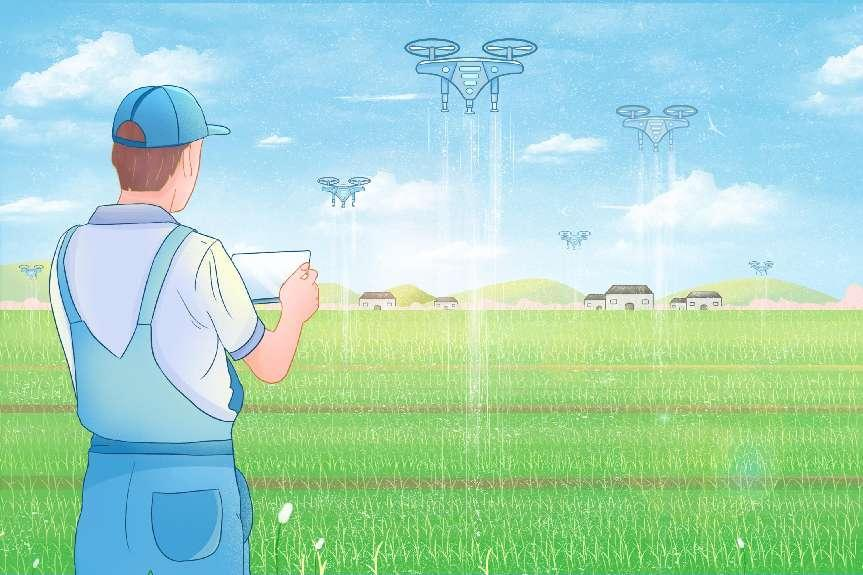
Downstream applications are still lacking.
Most of the returning migrant workers have the skills and experience of modern workers and can adapt to the needs of agricultural modernization and industrialization. They can be said to be the "talent pool" of smart agriculture.
But the difference between agricultural drones and consumer drones is that consumption only needs entertainment, and the community is for everyone to have fun, while agricultural use is a serious scene, and the community needs to help farmers learn skills and become rich.
The latter is actually a bit like engineer training in the IT field. Those who have obtained XX certification have mastered professional skills and are more likely to get a high-paying job. this product. To achieve this effect, a very high level of training is required.
In general, UAV manufacturers must not only have a deep understanding of a large number of agricultural know-hows, but also have extensive capabilities to build themselves into a comprehensive supermarket of software, hardware and services.
This extremely high product barrier hinders the explosive growth of agricultural drones, and prevents top manufacturers from taking advantage of their previous advantages to form a monopoly, leaving opportunities and time windows for innovators and latecomers to seize the market.
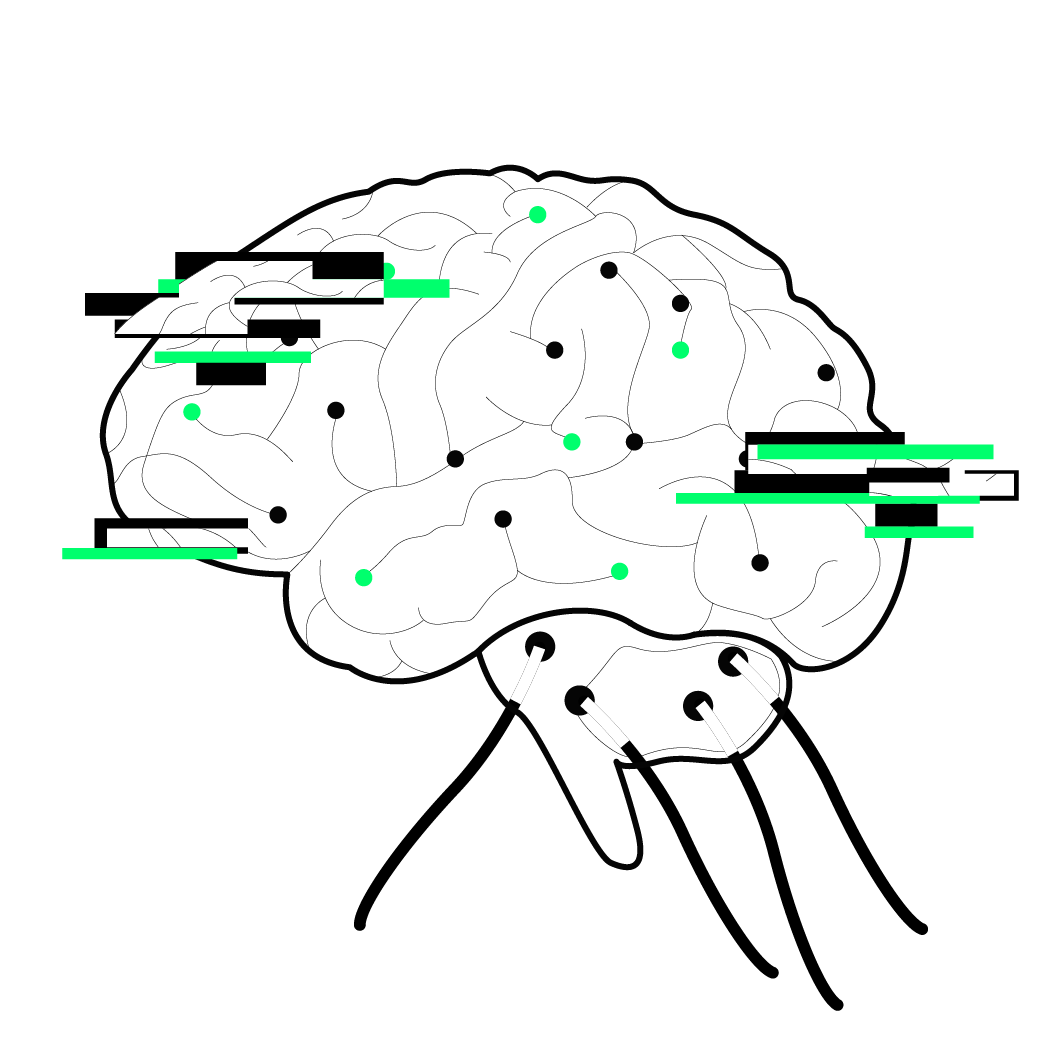
The innovation soil of the industry
Speaking of which, it can be found that agricultural drones are not yet dominated by one single player like the consumer market. Many technology manufacturers and start-up companies can still see opportunities and are willing to come in and try their skills.
Agricultural drones need to be deeply integrated with various industries and technical systems for systematic integration. So far, the research and development of many supporting software and hardware has just started. There are no mature suppliers, so we can only make up for them one by one by ourselves short board.
At present, well-known drone manufacturers, such as Dajiang Innovation, Jifei Technology, Gaoke Xinnong, Zhuhai Yuren, etc., actually have an intelligent industrial belt behind them, as a support, to reduce innovation risks and trial and error costs.
The most important link in the research and development of intelligent agricultural machinery is to sort out and quantify the problems in the industry and clarify the needs.
Because the agricultural scene is very complex, where is the capability boundary of AI technology, which links can be relied on manually, and which links are unreliable systems, all of which need to be clarified before algorithm research and model construction.
Backed by universities, scientific research institutes, and industry experts in the Greater Bay Area, drone manufacturers have a "think tank."
The development process involves a lot of engineering details, such as how to adjust the parameters of the model, how to set up the computing power cluster for model training, the custom development of hardware components, who will do the whole machine test verification and downstream application development?
All of these require a comprehensive industrial chain ecosystem to reduce the landing costs of manufacturers.
In the promotion link, agricultural drones are included in agricultural machinery subsidies, which can share the risks of farmers and accelerate the landing of manufacturers' products. This requires the government and the agricultural sector to have corresponding policies to benefit farmers.
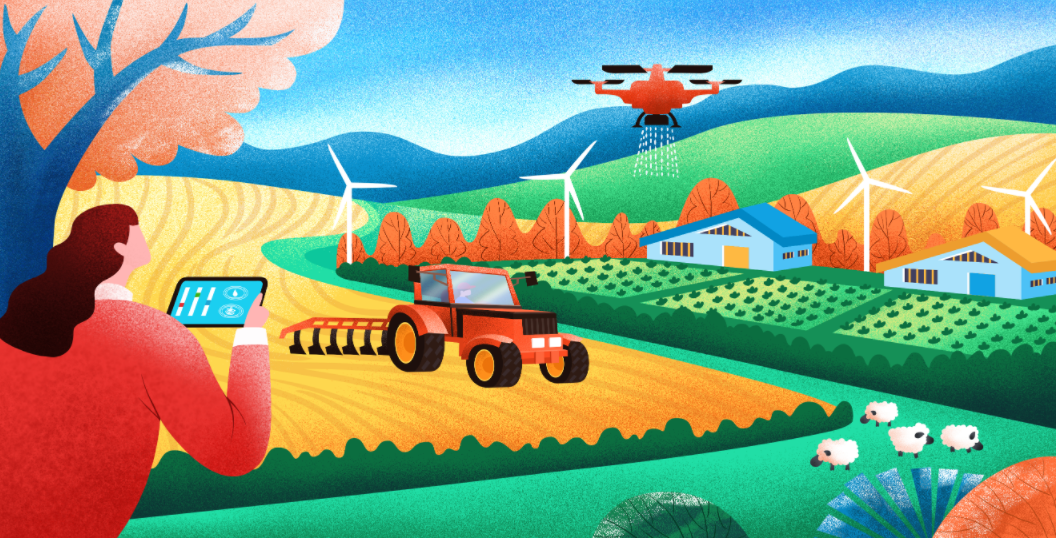
Some farmers feel that drone spraying is very useful, and slowly accept agricultural unmanned vehicles, and use the agricultural machinery autopilot to solve the problem that the tractor is not driving straight enough when planting. This integration of space and land, with all-round data and information, further improves agricultural efficiency, and more possibilities for smart agriculture are conceived in this way.
A large number of returning young people can transform into "flying hands" and "car drivers", solving the problems of labor mismatch, undersaturation of employment, and slowing income growth caused by the return of migrant workers in a short period of time. In the long run, the appearance of farmers, rural areas and agriculture has undergone unprecedented changes unconsciously.
Many "flying" children have been using mobile phones, playing games, and playing drones for entertainment since they were young. In their eyes, agriculture is inherently cool.
Stefan Zweig described Montaigne: Whoever describes his own life lives for all people; whoever expresses his own time lives for all times.
There are a group of happy new farmers on the ridges, and the grand chapter of Smart China is also concretized and realized into vivid life experiences. This is the best place for technology that we can imagine.
